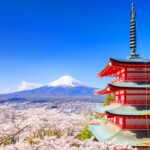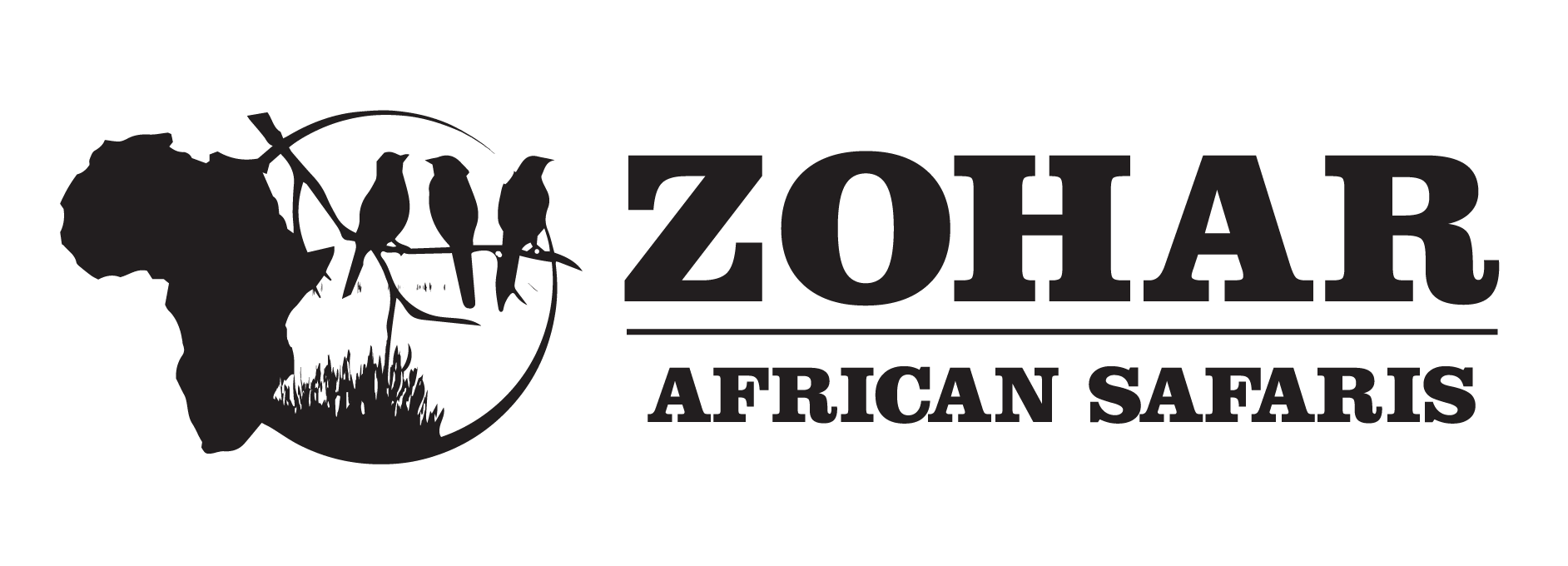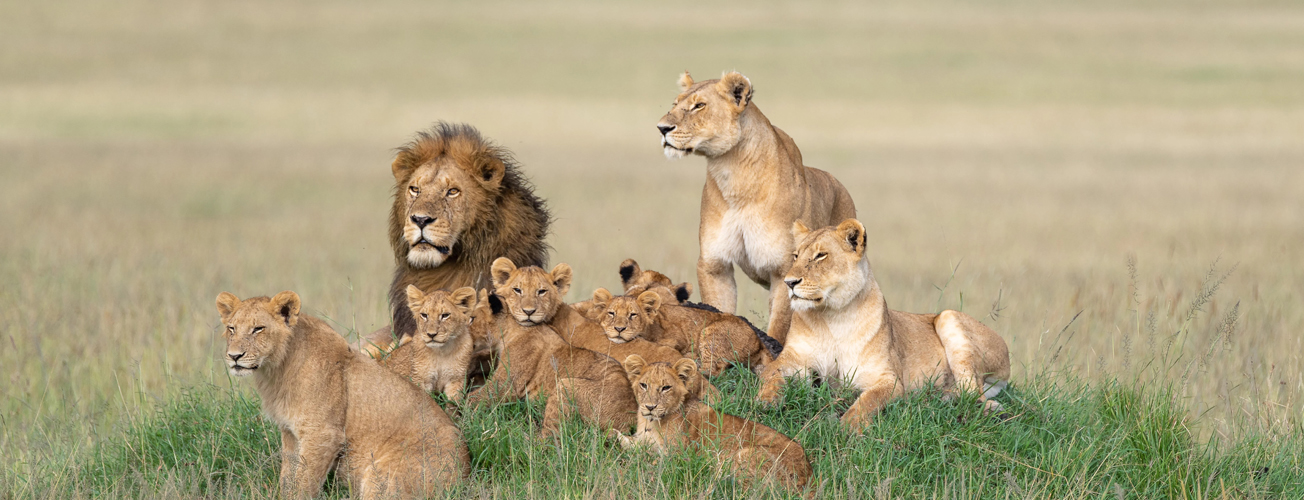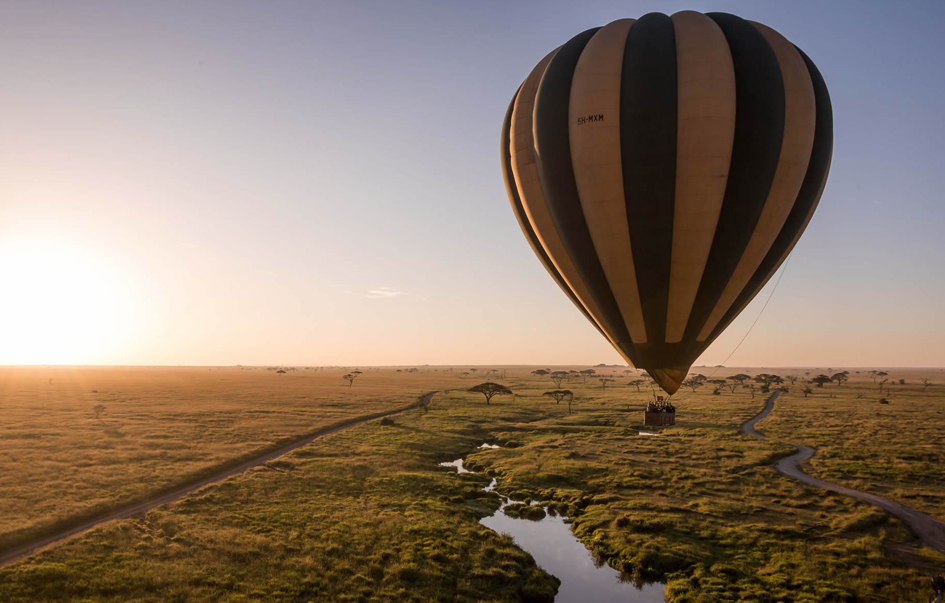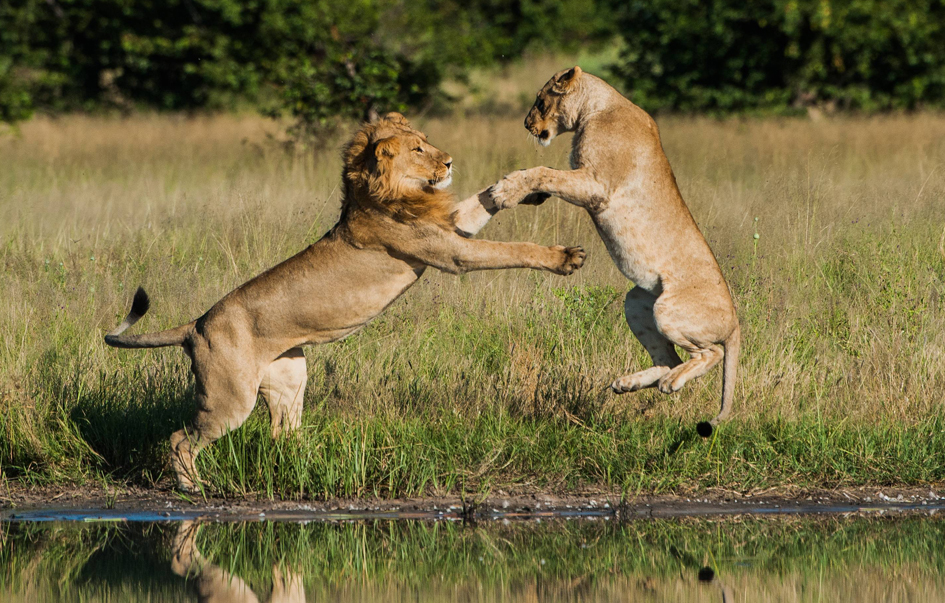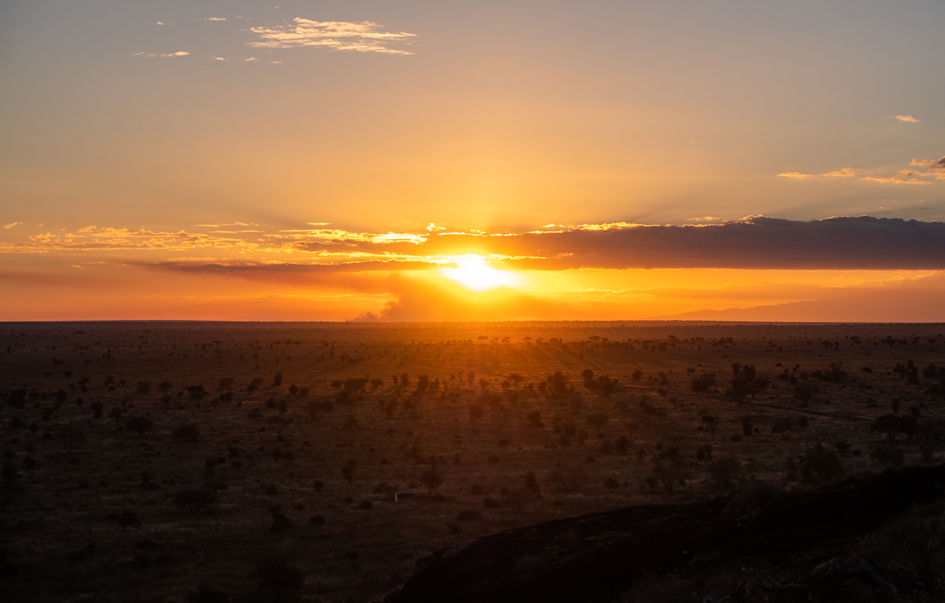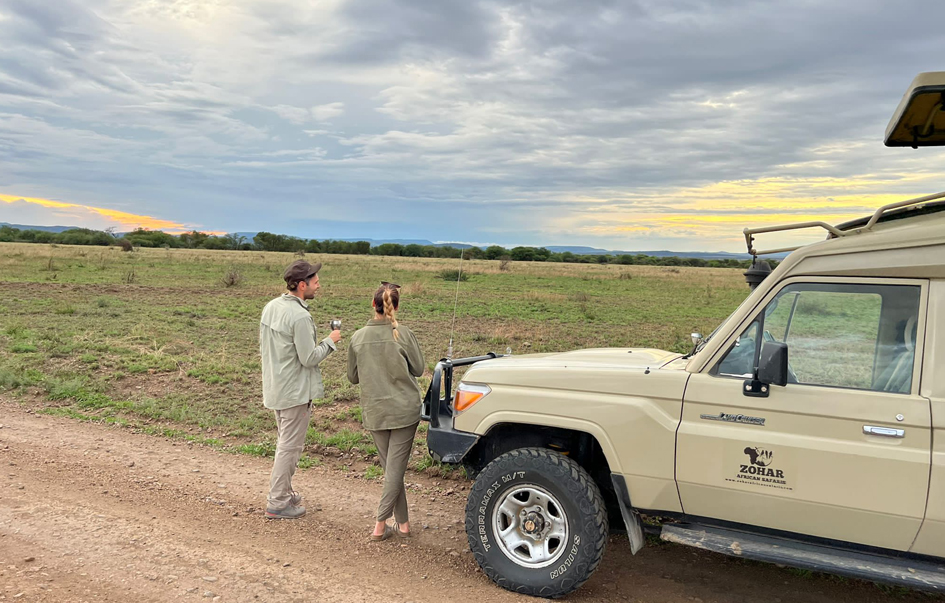SERENGETI NATIONAL PARK
…where Great Migration roams and Prides of Lions reign!
This is Tanzania’s oldest and most popular National Park. It is a world heritage site and one of the Seven Natural Wonders of the World. The park is home to the well-known Wildebeest Great Migration. The Serengeti is arguably the most scintillating game-viewing site in all of Africa, including big mammals and big cats and an amazing variety of herbaceous and carnivorous animals. The Central Serengeti plains is the richest wildlife habitat in the park, featuring the Seronera River, which provides a valuable water source in the area and therefore attracts wildlife representative of most of the Serengeti’s species.
How the Serengeti was Formed
The Serengeti ecosystem in Tanzania is a truly remarkable and awe-inspiring sight. Although the Maasai Mara in Kenya is also part of this unique ecosystem, 75% of it is located in Tanzania. The Serengeti grassland was formed by volcanic eruptions that occurred over three million years ago in Ngorongoro. The area is covered in a lush green carpet of grass during the rainy season, which is a testament to the power and beauty of nature. The nutrient-rich and fertile soils in the Serengeti plains support millions of wildlife animals, showcasing the resilience and adaptability of life on our planet.
Features & Wildlife Species
The Great Migration is Africa’s most famous and spectacular wildlife event, in which more than 2.5 million wildebeests, zebras and antelopes migrate clockwise around the Serengeti – Maasai Mara ecosystem for enough water and green pasture. The Migration travels over 1,200 miles annually at predictable times with mating and birthing along the way.
Why is it called “The Serengeti Migration”?
The Great Migration, also referred to as “The Serengeti Migration,” is an annual event that can be observed in the Serengeti throughout the year. While the migration typically progresses towards Maasai Mara only in August, considerable herds of wildebeests are still moving between Serengeti without any stoppages.
The Moru Kopjes in the Central Serengeti are rocky outcroppings used by lions and other predatory animals as look out points to locate game. The Kopjes are piles of ancient granite rocks that have been poking through the flat Serengeti surface for over 500 million years.
In the central Serengeti are a series of natural rocky shelters that protect ancient paintings. These paintings depict the people, animals, symbols and Maasai rituals painted with red ochre, black or white kaolin-based paint.
Ndutu is part of the southeastern Serengeti and northwestern side of the Ngorongoro Conservations Area ecosystem. Ndutu is very famous for the calving season between Januarys to March. Ndutu is also known for having all six species of big cats year round: lion, serval, cheetah, African wildcat, leopard and caracal. Just 18 km from Olduvai Gorge, Ndutu is the location where Mary Leakey located the oldest complete human skeleton dating back 1.8 million years ago.
The Ngong Rock is a white rock made of a completely different geological material than others in the area. The rock is speculated to be a meteorite from a comet. Located on one of the Serengeti’s Kopjes, it is the world’s oldest musical instrument. It has a metallic sounding ping when tapped on. This sound travels long distances. The Maasai have used the Ngong Rock since ancient times to communicate with other Maasai in locations far away. It is pitted with indentations on it showing how early man communicated with one another and created music playing simple melodies.
- Wildlife viewing including tracking The Great Migration
- Walking safaris and night game drives in the North & Western Corridor
- In the Western region, Lake Victoria invites exploration and fishing
- Balloon safaris
- Rhino tracking Safari
- Stunning Sundowners
- Great Wildebeests Migration throughout the year
- Serengeti home to the biggest prides of lions in Africa
- The “Big Five” and other stunning wildlife including giraffes, gazelle, jackal, hare, dik-dik, mongoose, warthog, hedgehog, cheetah, waterbuck, hartebeest, ostrich amongst others More than 400 species of birds
- Great number of hippos
- Giant crocodiles in Grumeti and Mara River
- The Serengeti is inviting to visitors all year long. Even during its short rainy season (November-December) and long rainy season (March-May), it provides the opportunity to see spectacular views of the “Big Five” and the annual Great Migration. Throughout the year, visitors will enjoy vast majestic scenic landscapes.
- By Road: It’s about a 3.5hrs drive from Ngorongoro Crater and a 7hrs drive from the transit city, Arusha.
- By Flight: You can take a domestic flight from Arusha Airport (ARK) to Serengeti and its takes about 30-45minutes before you are there.

